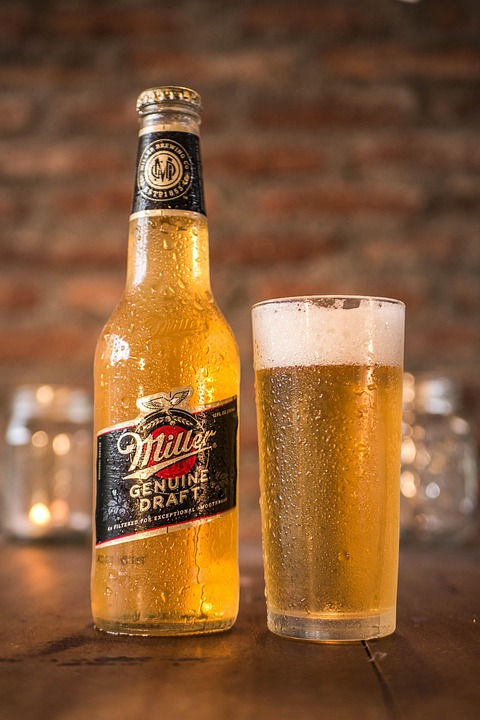Introduction
Beer freshness is a crucial factor in determining the quality of a brew. Packaging choice plays a significant role in preserving the freshness of beer by protecting it from light exposure, oxygen, and temperature fluctuations. In this report, we will delve into how different packaging materials and methods affect beer freshness and discuss the importance of selecting the right packaging for breweries to maintain the integrity of their products.
Impact of Packaging on Beer Freshness
Light Exposure
One of the primary factors that can affect the freshness of beer is light exposure. When beer is exposed to light, particularly ultraviolet (UV) and blue light, it can cause a chemical reaction in the hops present in the brew. This reaction produces a compound known as 3-methyl-2-butene-1-thiol, which results in a skunky aroma and flavor in the beer, commonly referred to as “lightstruck” or “skunked” beer.
Effect of Packaging Materials
The choice of packaging materials can significantly impact the beer’s susceptibility to light exposure. Glass bottles are the most commonly used packaging material for beer, but they allow UV and blue light to penetrate, making beer stored in clear or green glass bottles more vulnerable to lightstruck reactions. Brown glass bottles offer better protection against light exposure due to their ability to block out UV rays.
Canned beer provides even greater protection against light exposure compared to glass bottles. Aluminum cans are completely opaque to light, ensuring that the beer inside remains shielded from harmful UV and blue light. This makes canned beer a preferred choice for breweries looking to preserve the freshness of their products.
Financial Implications
The choice of packaging material can have financial implications for breweries. While glass bottles are a traditional and aesthetically pleasing option, they are more expensive to produce and transport compared to aluminum cans. However, investing in canned packaging can result in cost savings in the long run by reducing the risk of beer spoilage due to light exposure.
Industry Insights
Market Trends
In recent years, there has been a growing trend among craft breweries to switch from glass bottles to aluminum cans for packaging their beers. This shift is driven by the desire to maintain the quality and freshness of their brews, as well as the practical advantages of canned packaging. As a result, the market share of canned beer has been steadily increasing, with more consumers opting for the convenience and protection offered by aluminum cans.
Case Study: Sierra Nevada Brewing Co.
Sierra Nevada Brewing Co., a prominent craft brewery based in California, made the decision to transition from glass bottles to aluminum cans for some of its flagship beers. The company cited the superior protection against light exposure provided by cans as a key factor in their decision. By making this strategic packaging choice, Sierra Nevada was able to ensure that their beers reach consumers in optimal condition, maintaining the freshness and flavor profiles that they are known for.
Conclusion
In conclusion, the choice of packaging material has a significant impact on beer freshness, particularly in relation to light exposure. Breweries must carefully consider the benefits and drawbacks of different packaging options to ensure that their products remain fresh and flavorful for consumers. By selecting packaging materials that provide adequate protection against light exposure, breweries can safeguard the quality of their beers and enhance the overall consumer experience. As the market trends towards canned packaging for beer, breweries have the opportunity to innovate and differentiate themselves by prioritizing freshness and quality in their packaging choices.




